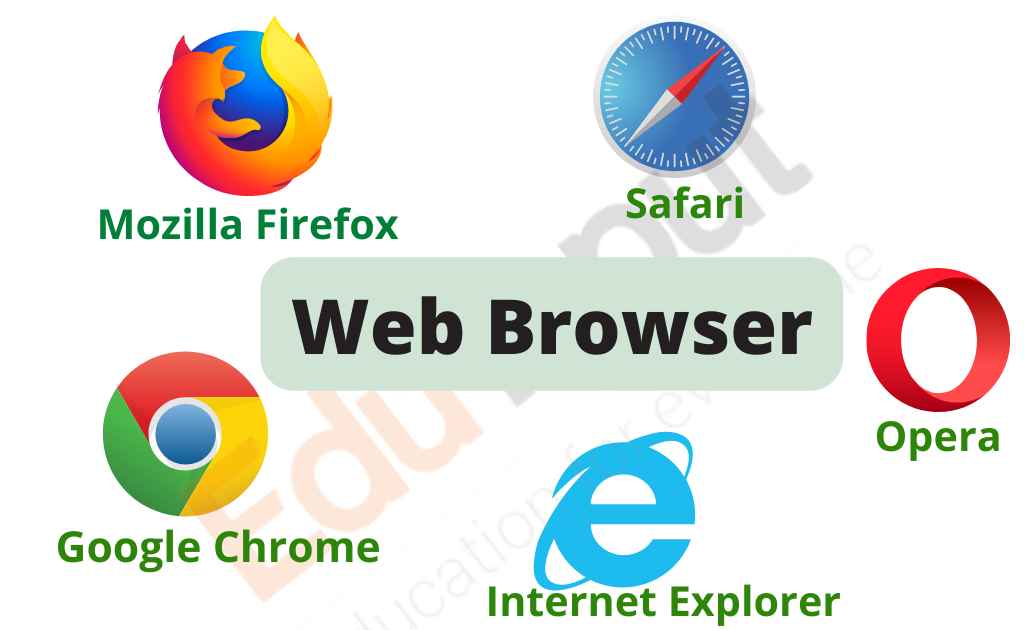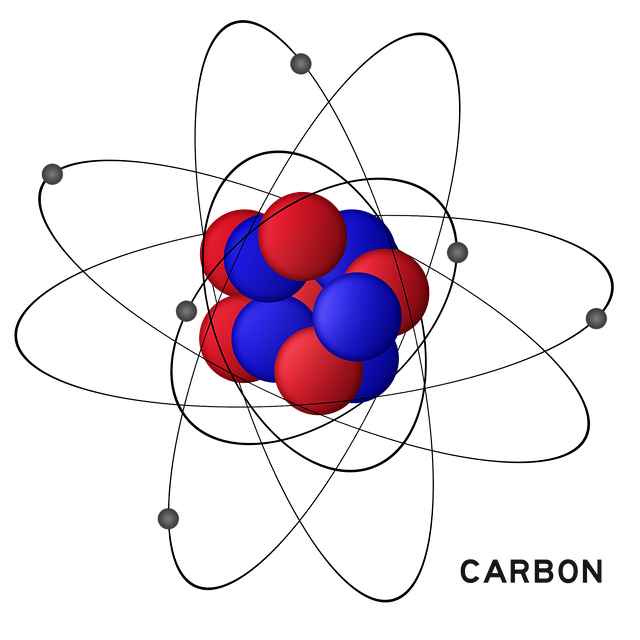Web Browser – History, Purpose, Architecture, Working of Web Browsers
What is web browser?
A web browser is software used to search and view web pages on internet. After fetching it from the web server, the web browser displays information on the user’s screen. A web acts as an interface between the user and the internet. The web browser can display text and graphics to the user.

The browser contracts a web server and sends a request for the required information. The web server finds out the information for the requested web page and sends this information to the web browser. The browser gets the information and then shows it on the user’s computer.
Learn about examples of a web browser and how they have evolved over time.
History of Web Browsers
Web browsers have undergone significant evolution since the first web browser, Mosaic, introduced the ability to view pictures on web pages in 1993. The history of web browsers highlights milestones like Netscape Navigator simplifying internet usage, Internet Explorer dominating as the first internet browser bundled with Windows, and Firefox offering innovative features. As the history of internet browsers progressed, Chrome and Safari emerged, focusing on speed and efficiency. The evolution of web browsers now provides users with diverse options to explore the internet, stream videos, and connect globally
Here is the summarized overview of the history of web browsers…
| Year | Browser Name | Key Features/Importance |
|---|---|---|
| 1993 | Mosaic | First popular web browser; displayed pictures and text |
| 1994 | Netscape Navigator | Made the internet easier for many people to use |
| 1995 | Internet Explorer | Came with Windows; became the most used browser for a long time |
| 2003 | Safari | Apple’s browser, commonly used on iPhones and Macs |
| 2004 | Mozilla Firefox | Introduced features like tabs; faster than previous browsers |
| 2008 | Google Chrome | Very fast; became extremely popular |
| 2015 | Microsoft Edge | Replaced Internet Explorer in Windows 10 |
Purpose of web Browser
The purpose of a web browser is to retrieve, present, and traverse information resources on the World Wide Web. An information resource is identified by a Uniform Resource Locator (URL) and may be a web page, image, video, or other piece of content.
Here are the main functions and features of web browsers:
Retrieving Information
Web browsers request information from web servers using the Hypertext Transfer Protocol (HTTP) or its secure version, HTTPS. When a user enters a URL in the browser’s address bar or clicks on a link, the browser sends a request to the server hosting that resource, asking it to send the data to the user’s device.
Rendering Web Pages
Once the browser receives the data, it interprets and displays it on the user’s device. This involves parsing HTML, CSS, and JavaScript code to render the structure, layout, style, and functionality of web pages.
Navigation
Browsers enable users to navigate from one web page to another through hyperlinks. They provide forward and back buttons to navigate through the user’s history of visited pages, a refresh button to reload the current page, and a home button to return to the browser’s default start page.
User Interface
Browsers offer a user interface that includes the address bar for entering URLs, a search bar for web searches, bookmarks for saving favorite websites, and tabs for opening multiple pages in a single window.
Privacy and Security
Modern browsers include features to protect user privacy and enhance security, such as private browsing modes that do not save browsing history, pop-up blockers, and built-in protections against malware and phishing attacks.
Extensions and Plugins
Browsers support extensions (also known as add-ons or plugins), which are small software programs that add new features or functionality to the browser. These can include ad blockers, password managers, and tools for web development.
Standards Compliance
Browsers are designed to comply with web standards published by the World Wide Web Consortium (W3C) and other organizations. This ensures that web pages display and function correctly across different browsers and devices.
Working of Web Browsers
The working of web browser is based on retrieving information from the World Wide Web and display it on the user’s screen. This information is transferred through a protocol called Hypertext Transfer Protocol. It defines how images, texts, and videos are transmitted on the web. The web pages are made up of HTML (Hyper Text Markup Language). HTML is used for making static web pages.
Web Browser Architecture
The architecture of a web browser is a complex system that involves various components working together. Let’s break it down:
Data Storage: This is the browser’s memory, where things like bookmarks, passwords, and browsing history are stored.
User Interface: This includes the visual elements and interactive features such as the address bar, navigation buttons, and the area where web pages are displayed.
Browser Engine: This serves as the central control unit of the browser, processing commands and coordinating other components.
Rendering Engine: Similar to an artist, it interprets website code and displays it on the screen, with different browsers using different rendering engines.
Networking: This handles the communication between the browser and the internet, sending requests to retrieve website information and receiving responses.
JavaScript Interpreter: Many websites use JavaScript for interactive features, and this component of the browser understands and executes that code.
FAQs
What does “not secure” mean on a web browser?
“Not secure” indicates the website you’re visiting is using an unencrypted connection (HTTP) rather than a secure, encrypted connection (HTTPS). This means the data exchanged between your browser and the site is not protected from potential eavesdroppers.
What does private web browsing mean?
Private web browsing, or incognito mode, allows you to browse the internet without storing browsing history, cookies, site data, or form inputs on your device. It’s used for maintaining privacy and reducing digital footprint.
What happens when you type a URL in a web browser?
Typing a URL and pressing enter initiates a request to the server where the website is hosted. The browser resolves the domain name to an IP address, connects to the server, requests the web page data, and displays the page content to you.
What is a bookmark in a web browser?
A bookmark in a web browser is a saved shortcut that directs your browser to a specific webpage. It allows you to easily access your favorite websites without having to remember or retype their URLs.
What is a cookie in a web browser?
A cookie is a small piece of data stored on your computer by a web browser at the request of a website. Cookies are used to remember information about your visit, like your preferences or login status.
What is a proxy web browser?
A proxy web browser routes your internet requests through a proxy server. This can provide anonymity by masking your IP address, bypass geographical restrictions, or access content blocked by a network administrator.







Leave a Reply